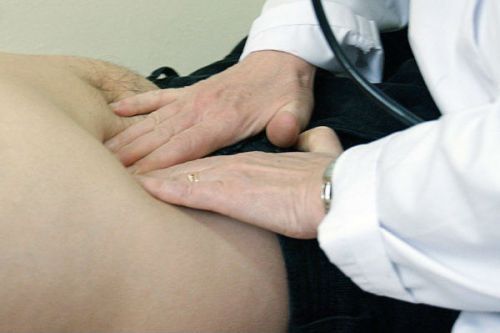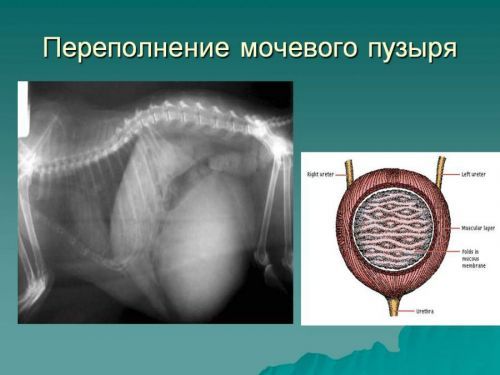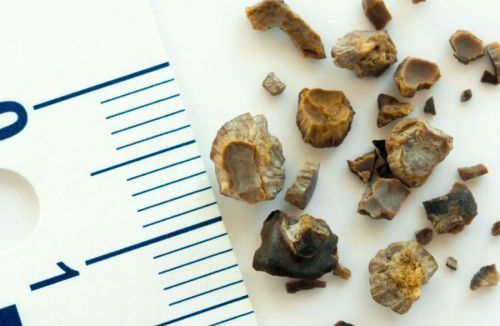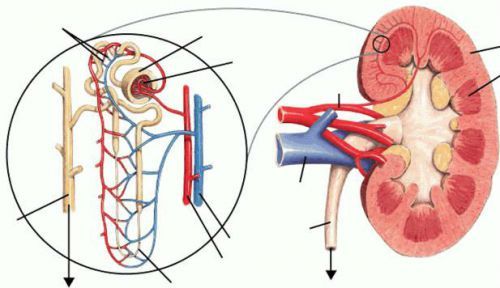Long with the goal of accurate diagnosis doctors use palpation. It is not always at their disposal was so extensive survey methods. Palpation of the bladder – this is the main reception, which will begin with the examination of the patient, if he came with complaints of irregularities in the urinary system.
This approach is known since the beginning of the 19th century, and they actively still use today.
The bladder is a hollow muscular organ located in the pelvic cavity. It functions as a reservoir of urine, it flows through the ureters the urine from the kidneys, and urethra it is excreted out.
A little about the structure
So the body is removed and large amounts of toxic substances. In the urinary excrete the tank bottom, the top, body, neck. The last is continued in the channel for urination. The back part of this organ in the male part of the population adjacent to the straight intestine and the seminal vesicles and the ladies – part of the vagina and uterus.

This organ has three layers: serous, muscular and mucous. Due to the reduction of the muscular layer occurs the expulsion of urine from the body.
Under what conditions can be detected on the study?
When empty the bladder to examine it is impossible, as it is in the pelvic cavity for the articulation of Lona. But if it is filled with urine, it begins to appear from behind the symphysis. This changes the shape of the abdomen. And then it is accessible to palpation.

Doctors palpate only filled on
Visually the tank is filled with urine looks like a dome of oval shape, with a very strong overflow its upper part can reach the navel.
It should be noted that severe overcrowding of the bladder possible due to delays in the urinary tract with an effort of will, but usually this indicates the following pathology:
- the tumor in the area of the neck of the bladder;
- a narrowing of the urethra;
- BPH;
- the impossibility of Stripping head member;
- kidney stones;
- neurological diseases (paresis of the muscles of the bladder due to injury, infection, and also pathology of the Central nervous system, loss of consciousness, pathological processes in the spinal column).
The types and technique
Palpation of the bladder is divided into deep and superficial. When this body is well filled and the patient has no significant fat layer, even when superficial palpation of the bladder is found in the form of an oval, bland education. But the most informative is a deep technique.
The patient should lie down on a couch, it is located on the back, legs extended, body is relaxed, stomach muscles no tense. The doctor sits close, his hands should not be cold, especially in the examination of children.
So, the examination starts from the navel. Palmar surface the doctor puts his hand in the middle of the abdomen, his fingers directed towards the umbilical region.
Given the rhythm of the respiratory movements, his fingers slowly sinking in the abdomen, if the bladder is not detected, then the doctor puts his fingers 3 inches down and repeats the motion. So he moves to the pubic joint.
When a body is found, palpation does not stop, only its depth is reduced to prevent the pain in the patient. But the most reliable picture of the bubble can be obtained only with deep palpation. It is conducted according to topographic lines, and percussion method.
It should be noted that if urine in the bladder in excess of, even the lightest touch can cause considerable discomfort.
Sometimes, if indicated, urinary reservoir is investigated with two hands. To distinguish it from uterine or adnexal female, need to empty my bladder. If necessary to carry out gynecological examination.
Deep palpation of the species is carried out according to topographic lines
If there is a tumor in this area, it can be felt. As a rule, it’s bumpy. Concretions also found in this study worse. Sometimes during palpation fails to detect the pain in the course of the location of the ureters.
Palpation can detect diverticulas bladder, inflammation of the paravesical adipose tissue (there is infiltration of dense consistency, which is not dissolved and after placement of the catheter).
What parameters are studied in the course of performing palpation?
During the diagnosis the doctor makes conclusions about the presence of a particular disease.
He pays attention to the following characteristics:
- the temperature of the skin;
- the skin tone and muscles;
- the degree of humidity of the skin;
- the sensitivity level of the patient;
- the presence of painful points and areas of higher density.
All this information can easily be collected attentive and responsive doctor. Despite the abundance of different laboratory and instrumental methods of diagnosis, palpation of the bladder is a safe, non-invasive technique, which should be familiar to every physician.



